Authored by Raul Ilargi Meijer via The Automatic Earth blog,
That statement is going to make me real popular, right? Any criticism of Robert Mueller for many people equals support for President Trump. But it doesn’t, and Mueller really is a coward and a liar, and it’s not hard to make that case, it’s even easier than how he makes his cases, because we can actually prove ours. We also don’t have to pervert the law, but he does.
Robert Mueller is a coward because he again, in his indictment of Roger Stone last week, makes claims against people who can’t defend themselves, and who moreover have in at least one case, that of Julian Assange, previously and repeatedly denied those claims. And Robert Mueller’s a liar because many of his claims are evidently not true; but though he will never be able to prove them, and he knows it, he still makes his ‘case’ based on them.
It’s also public knowledge that Mueller has lied since at least the WMD facade. On February 11 2003, then FBI director Mueller testified before Congress:
“..as Director Tenet has pointed out, Secretary Powell presented evidence last week that Baghdad has failed to disarm its weapons of mass destruction, willfully attempting to evade and deceive the international community. Our particular concern is that Saddam Hussein may supply terrorists with biological, chemical, or radiological material.”
We know today he was lying, as was Colin Powell (and the entire Bush administration). Which is also interesting because a number of Mueller’s accusations against various ‘suspects’ are basically just that: someone has lied to Congress and must be punished for it. This is again the case in Roger Stone’s indictment, which would ring awfully hollow without it. And we don’t have to know how true that accusation is to realize that it’s being brought by someone who himself lied to Congress, but was never indicted for it. That is curious no matter how you look at it.
So what would happen if Mueller takes any of his present indictments into a courtroom? Note: as long as he treats those he indicts the same way he treated Paul Manafort and others, he’ll probably never have to present anything in a court; every ‘suspect’ will sign a plea deal because he threatens to destroy them, their freedom, their finances, their families. But what IF he did, purely hypothetically? What proof -not allegations- could he present to a judge about Russians hacking US-based servers or computers?
And what evidence of Julian Assange working with Russians, or with the Trump campaign? He has none. All there is is US intelligence agencies making claims without providing evidence. And they are a party to the whole story, they are not mere observers, so no judge worth his/her salt can accept their word on anything just because it’s them saying it. Even the FBI has to present evidence. In court, that is.
In the meantime, in the absence of a courtroom, Robert Mueller has been free to accuse people for 20 months now, without proof. And what those 20 months have shown us culminates in the Roger Stone indictment, which makes clear -once more- that there was no collusion between Russia and the Trump campaign.

Given his legal status, Mueller should be invested with the power to demand he gets the opportunity to talk to Assange. And in the unlikely event that he’s not provided with that opportunity by his superiors, at the very least he must stop talking about Assange. Can’t talk TO him, then stop talking ABOUT him. Sure, he never mentions his name, but that’s just more cowardice. We all know who Organization 1 is in Mueller’s indictments. And we all know who spoke for Organization 1 before he was muzzled.
Mueller could for instance travel to the Ecuadorian embassy in London, after negotiating, both with the man himself and with ‘authorities’ from Ecuador, UK and US, to have a meeting with Assange. Considering his importance as head of an investigation into collusion that might topple a president and start a new cold war with Russia, that should be easy to do. But Mueller hasn’t talked to Assange. Nor has he indicated that he tried.
Mueller accusing Assange without talking to him should raise suspicions that he is not interested in finding the truth, but has other goals. And that shines a dark light on his entire investigation. Because of the fact itself, but also because Assange is a pivotal person in the entire Russia collusion narrative. Mueller can’t make his case without accusing, defaming Assange.
Assange is crucial in the Mueller indictment of 12 Russians issued conveniently three days before the Trump-Putin summit in Helsinki, he’s crucial in the case made against Paul Manafort, and he’s again crucial in the indictment of Roger Stone. Without Assange, Mueller’s hands are empty. Julian is presented as the conduit between Trump and Russia. No conduit, no connection. And Assange has always denied the entire thing, all of it.
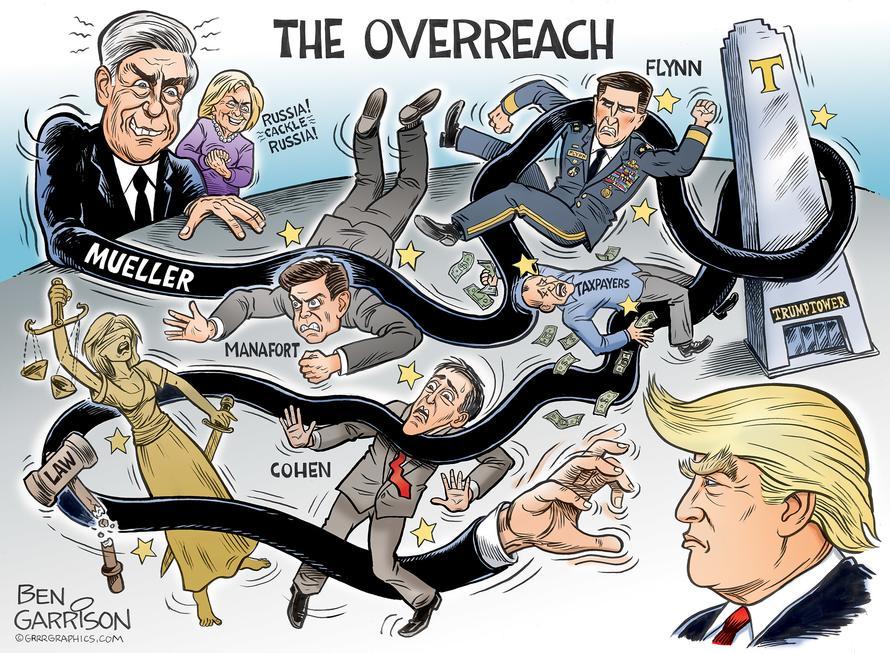
People who have been accused of, let alone indicted in, a crime, must be given their day in court, says American law, to be able to defend themselves against their accusers. But Assange is not, which means Robert Mueller is no less than a grave threat to the entire American justice system. Not Mueller alone, for sure, but he, along with the Attorney General and Deputy AG (and believe it or not, the President), are immediately responsible for the way the justice system is being perverted. That is very serious business.
As I said above, Mueller first, supposedly accidentally, dragged Assange into his investigation three days before the July 16 2018 Trump/Putin meeting in Helsinki, when he indicted 12 Russians and ‘Organization 1’. That indictment is here. It was arguably the first tangible thing that came out of the investigation, and while it was heralded as gospel by everyone who wants Trump to hang, it was shot so full of holes by others in no time that the term ‘tangible’ perhaps needs to be replaced.
That first indictment was not based on facts, it was based on faith (in US intelligence). 12 Russians who can’t defend themselves were grouped together as Guccifer 2, whose Russian lineage was also shot to smithereens within hours, and then there was Assange. Last week’s indictment, that of Roger Stone, perhaps -we can’t even be sure- alludes to Stone colluding with either Russians or Assange, but it carries no evidence of any collusion.
As WikiLeaks tweeted:
“The indictment doesn’t have any reference to Stone talking to Assange, or Assange talking to Stone, or anyone at WikiLeaks telling him anything, whatsoever. It’s literally old men reading the news and wishing for things.
The job of a Special Counsel, his/her mandate, is to gather evidence of those crimes (s)he has been tasked with investigating. That mandate can be wide, but certainly not unlimited. The job at hand is not to suggest that things MIGHT have happened. It is not to blindly follow everything US intelligence may or may not claim is true, because all accusations will eventually have to be proven in a courtroom.
And it is not to point fingers at people for things the Special Counsel can’t prove they’ve done, or to accuse people who cannot defend themselves against whatever it is he or she might say (because then (s)he might say anything).
Mueller has never charged Assange with anything, despite the fact that Julian is all over all of his indictments. Mueller also refuses to talk to Assange, ostensibly because that way he can continue to accuse him of all manner of unproven ‘crimes’, and if he doesn’t have to prove what he accuses Assange of, he can accuse anyone of being in touch with Assange and conspiring to enact all sorts of collusion.
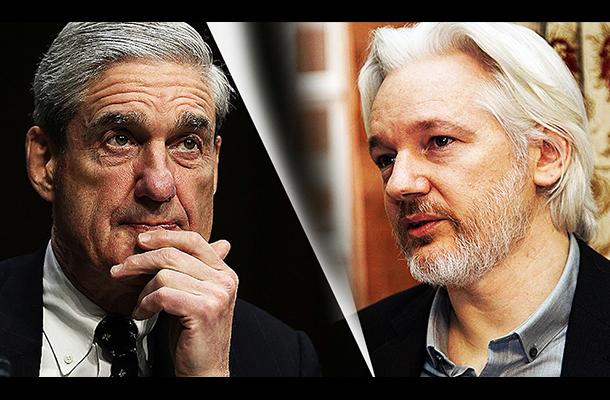
It’s a pity that America is so divided into a pro-Trump and anti-Trump side, and never the twain shall meet, because the perversion of the justice system exemplified by the Mueller investigation is very real; it’s rotting from the inside. This has not about Trump, if anything it’s about the justice system granting someone the right to defend themselves, which is being violated by Robert Mueller on a daily basis.
In early 2017, the DOJ attempted to set up meetings with Assange, who in the process offered evidence that there was no Russian involvement in the files WikiLeaks published in 2016. Those attempts, when near completion, were halted by Mueller’s very good friend James Comey and Senator Mark Warner (D-Va.).
Warner last week in his capacity as Senate Intelligence Committee Vice Chairman said about the Stone indictment:
“It is clear from this indictment that those contacts [between Stone and WikiLeaks] happened at least with the full knowledge of, and appear to have been encouraged by, the highest levels of the Trump campaign..” No, Mr. Warner, that is sort of the exact point here. It is not clear. Nor is it true. And you know that, sir.
A year and a half later, in July 2018, Senator Rand Paul said that if Assange would agree to testify in the US, “I think that he should be given immunity from prosecution in exchange for coming to the United States and testifying” Nothing came from that either. Where was Mueller?
Every single American should be alarmed by this perversion of justice. Nothing to do with what you think of Trump, or of Assange. The very principles of the system are being perverted, including, but certainly not limited to, its deepest core, that of every individual’s right to defend themselves.
Just so Robert Mueller can continue his already failed investigation into collusion that has shown no such thing, and which wouldn’t have been started 20 months ago if we knew then what we know now.
Get off your Trump collusion hobby-horse, that quest has already died regardless, and start defending the legal system and the Constitution. Because if you don’t, what’s to keep the next Robert Mueller from going after you, or someone you like or love? It’s in everyone’s interest to demand that these proceedings – like all legal proceedings- are conducted according to the law, but in Mueller’s hands, they are not.
And that should be a much bigger worry than whether or not you like or dislike a former game-show host.

via ZeroHedge News http://bit.ly/2UGhd2g Tyler Durden


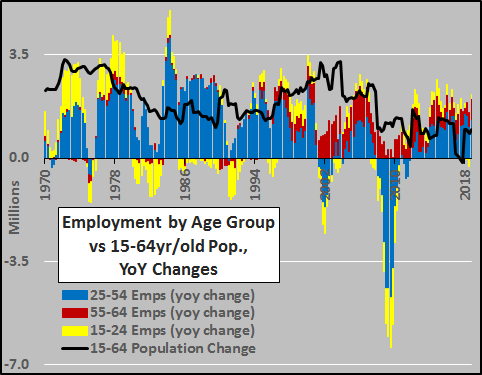
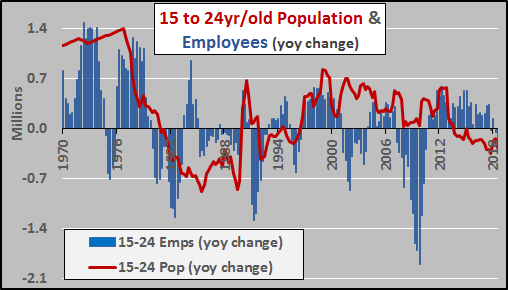
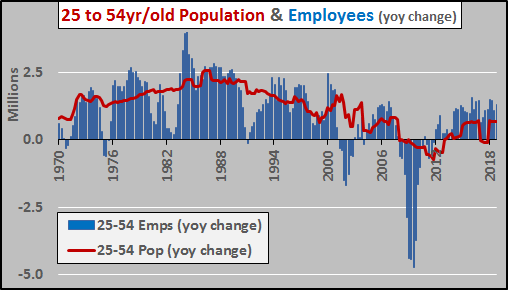
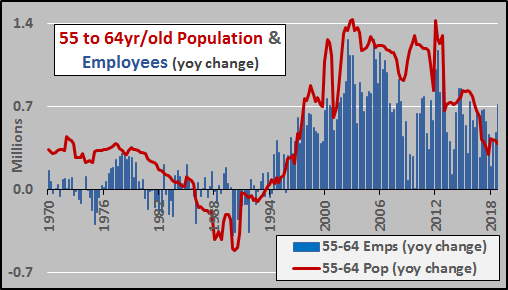
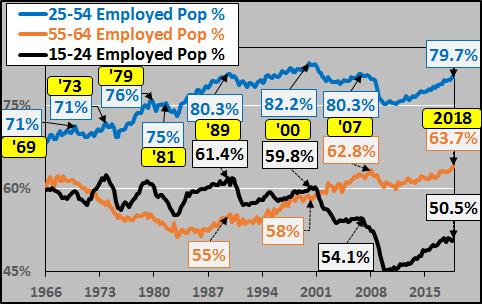

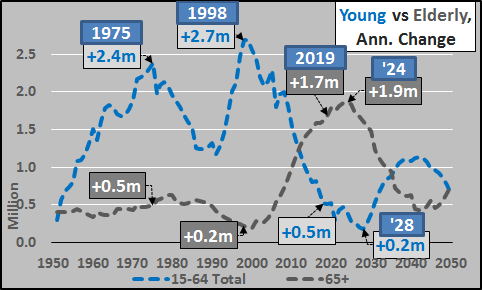
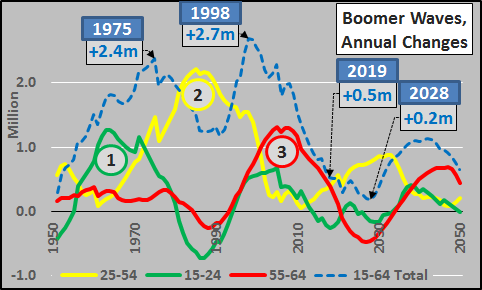



 Misinformation about hemp is a costly mistake, as one hemp company unfortunately discovered.
Misinformation about hemp is a costly mistake, as one hemp company unfortunately discovered.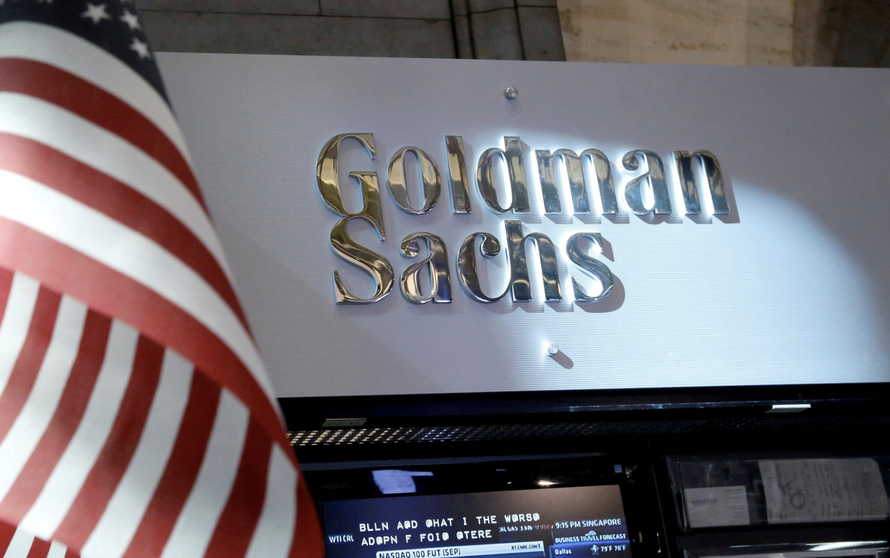
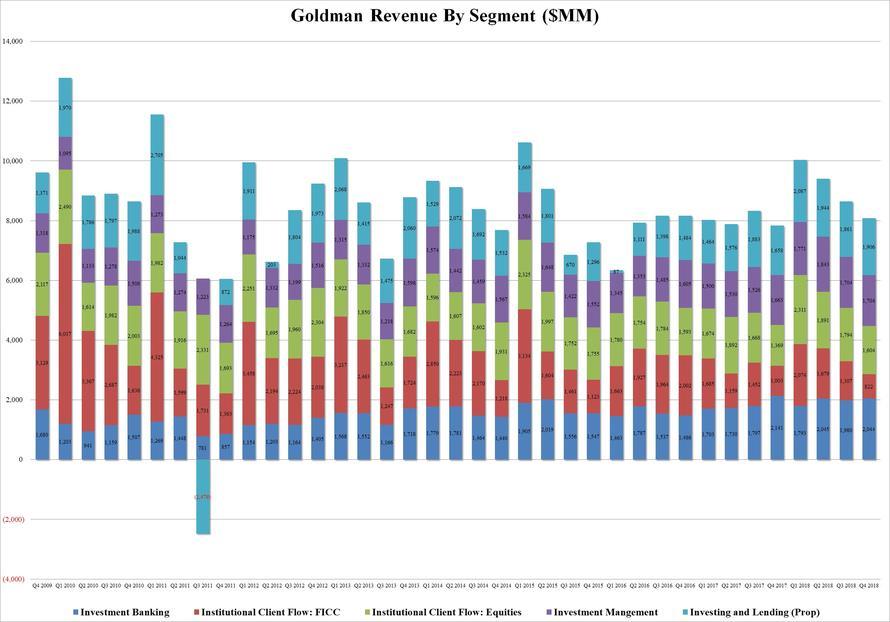
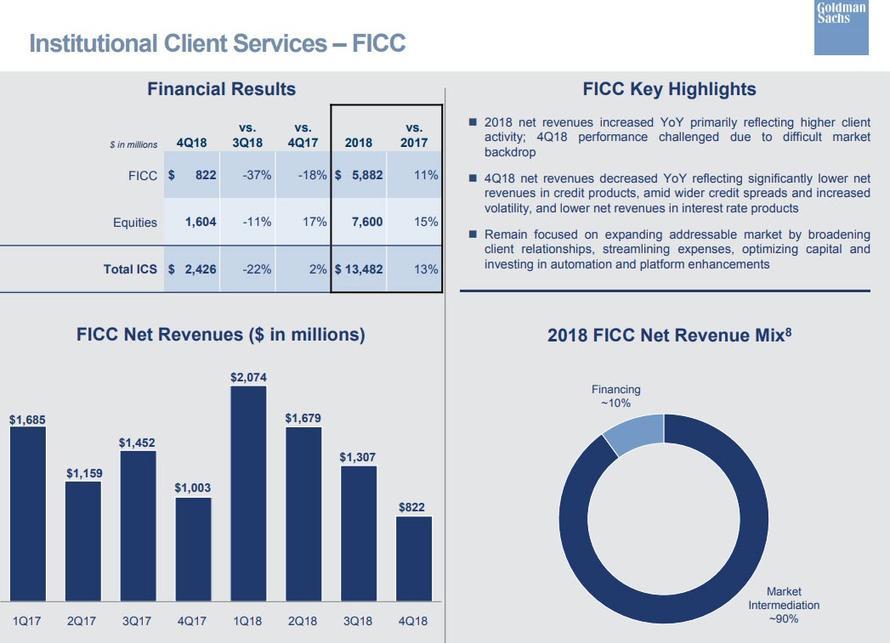
 For each of the last three years, Sen. Bernie Sanders (I-VT) has delivered his own response to President Trump’s State of the Union speech. Tonight he will do the same.
For each of the last three years, Sen. Bernie Sanders (I-VT) has delivered his own response to President Trump’s State of the Union speech. Tonight he will do the same.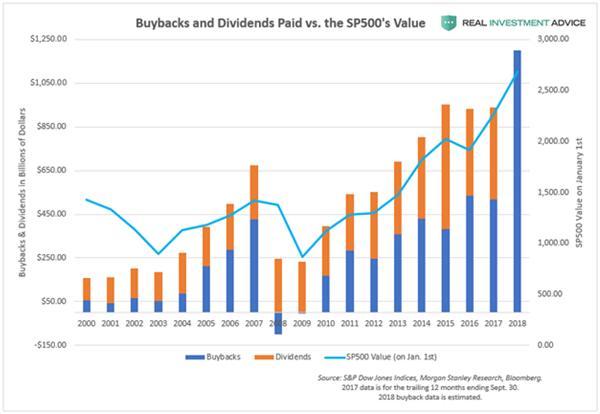
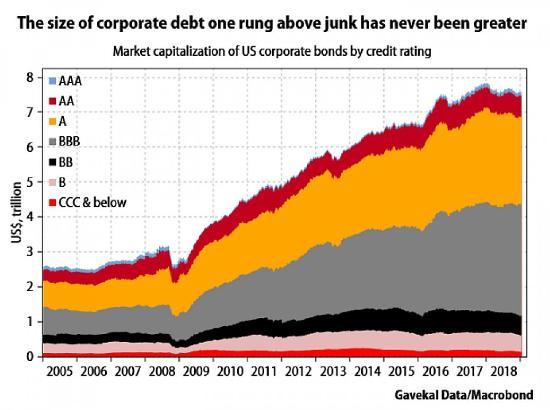
 Sen. Richard Burr (R–N.C.) has been a
Sen. Richard Burr (R–N.C.) has been a  While under an active investigation by the Oregon Department of Justice for misleading state officials in an attempt to qualify for tax breaks, a Portland-based environmental nonprofit was awarded $1.3 million to create a mere five jobs at a warehouse in rural Oregon.
While under an active investigation by the Oregon Department of Justice for misleading state officials in an attempt to qualify for tax breaks, a Portland-based environmental nonprofit was awarded $1.3 million to create a mere five jobs at a warehouse in rural Oregon.